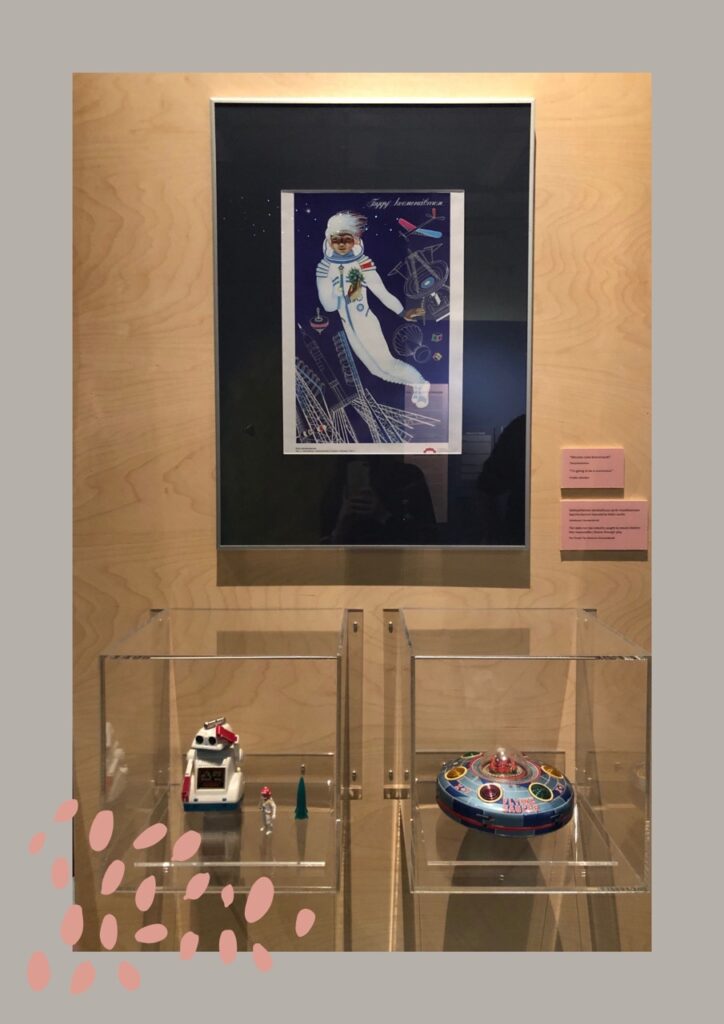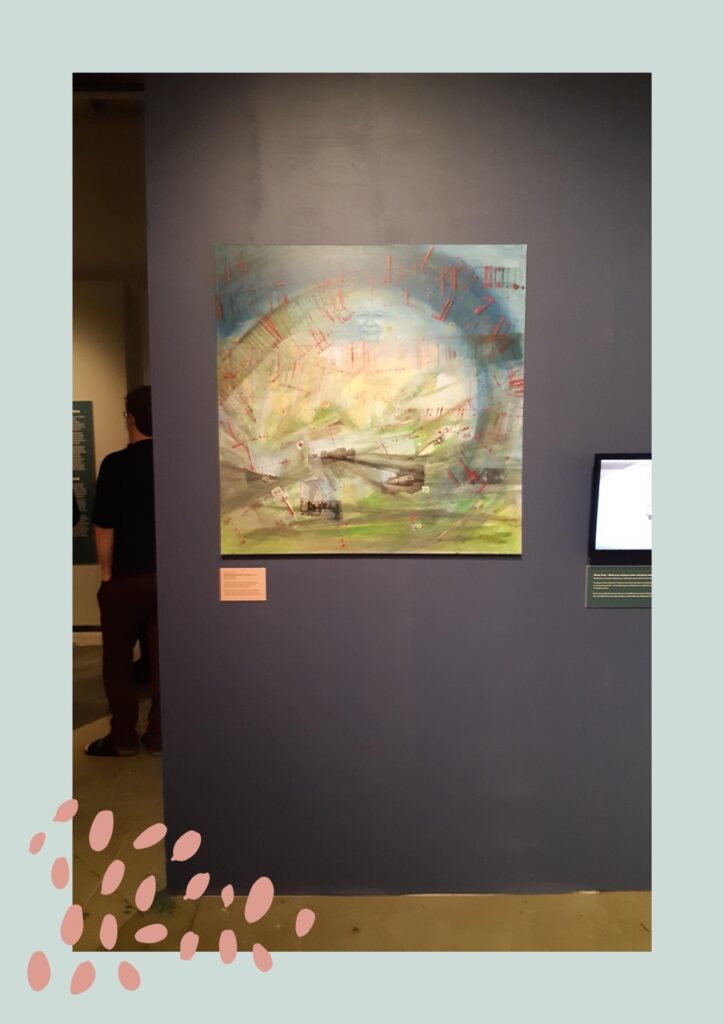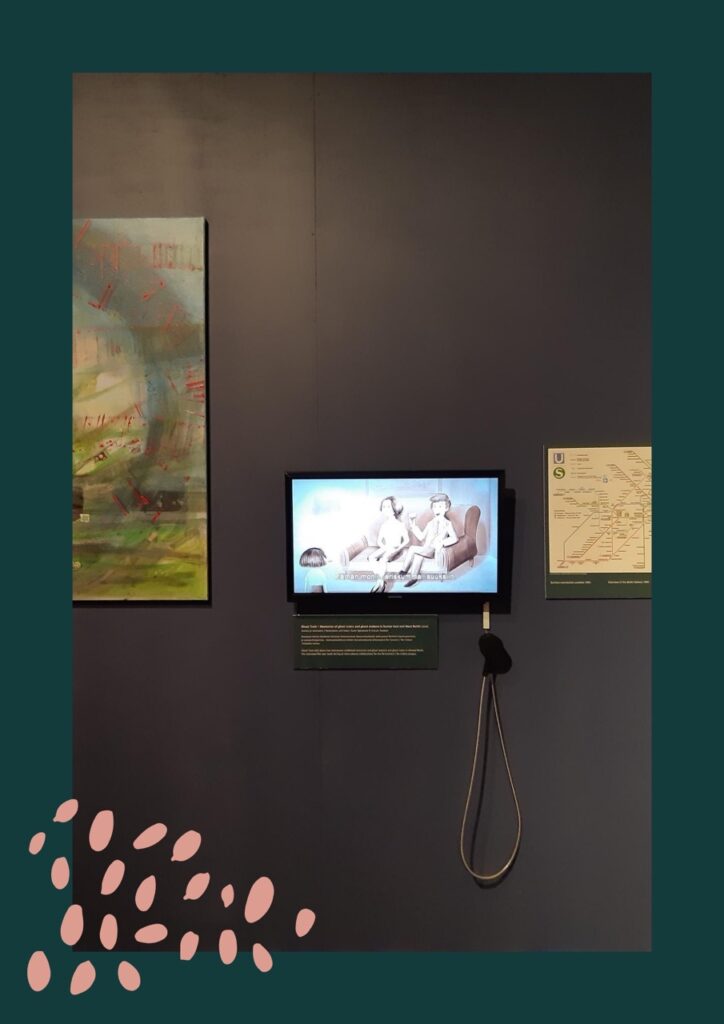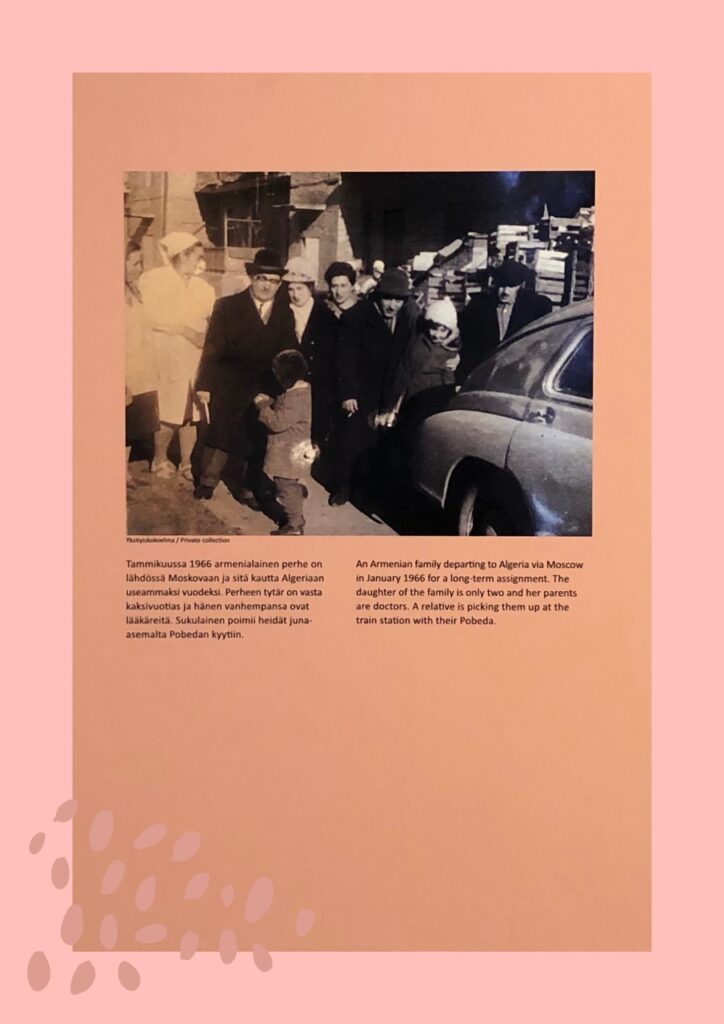Exhibition
Kaleidoscope: Children of the Cold War



Ghost Train



Crossing borders
During the Cold War, the border between East and West was closed and heavily guarded. Official propaganda was designed to reinforce stereotypical images of those living on the other side. In divided Berlin, the border extended below ground: the metro ran in both East and West Berlin but did not stop at all stations. Crossing the border was a special experience. Sometimes unauthorised goods were smuggled inside children’s toys. In childhood memories, crossing borders is frightening, but often also exciting.
Official statements on ‘peaceful coexistence’ between East and West created more opportunities for tourism. For those living in the East, potential destinations included other Eastern-bloc countries, but also twin towns in the West. Some privileged citizens could cross borders more freely. Westerners could visit Eastern-bloc destinations without restrictions. Money spent by tourists supported local economies.
People wanted to travel and learn more about the outside world they knew so little about. Odd-looking and strange-smelling items and random photographs of foreign places fuelled children’s imaginations. In a child’s world, migratory birds flying across closed borders fascinated for appearing to be so free. Through imagination and play, children were able to travel to otherwise inaccessible places.
At the dawn of the 1990s, borders between East and West gradually opened. During the COVID-19 outbreak, many countries have again imposed restrictions on free movement – restrictions which some have seen as a threat to their personal freedom. However, the movement of goods and people do cause environmental problems that can only be tackled through collective decision-making. Memories help in bringing people together and lay the foundation for finding new global futures.
